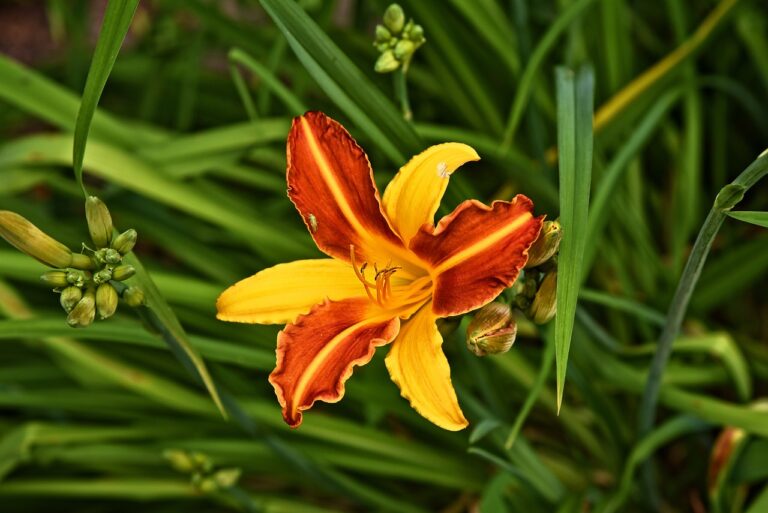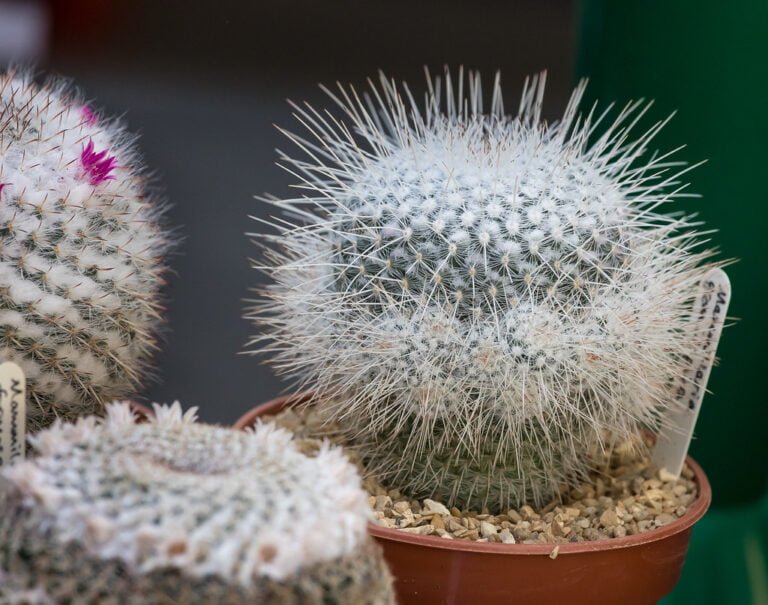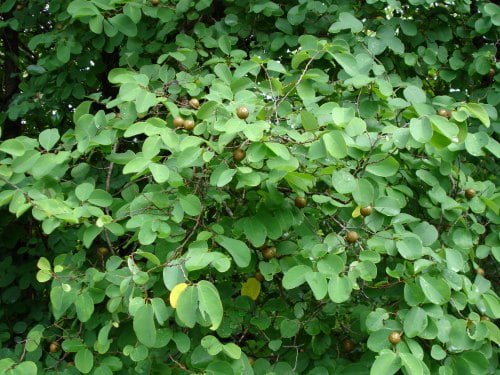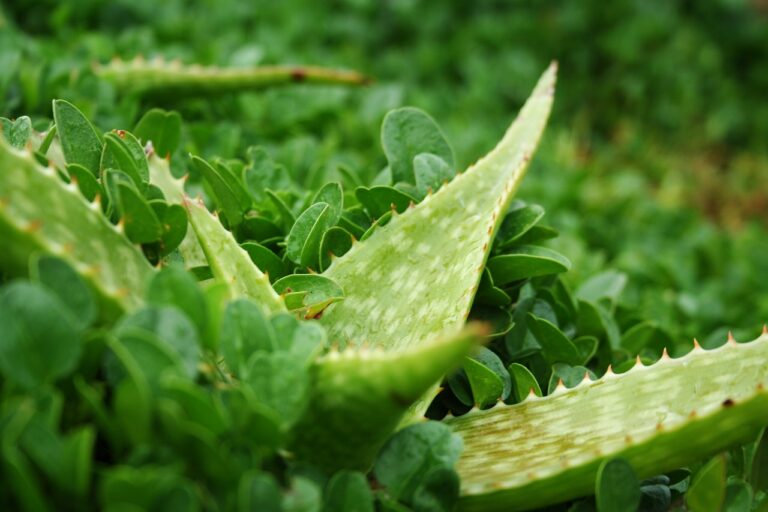Deciduous Trees and Shrubs
Deciduous trees and shrubs offer essential benefits like shade, energy cost reduction, and vibrant fall colors. They help with water conservation and wildlife support. Popular types include maples, oaks, and birches. When planting shrubs, consider their specific needs and spacing requirements. Seasonal care involves pruning in late winter, mulching for soil health, and proper watering in fall. Landscaping ideas focus on color variations and strategic placements. Pruning techniques are key for healthy growth. Tools like shears and hand pruners are essential. Discover more about proper maintenance and wildlife support from these wonderful plants.
Benefits of Deciduous Trees
Deciduous trees offer a multitude of benefits, making them essential additions to any landscape. During the summer season, these trees provide much-needed shade, creating cool and inviting outdoor spaces while helping to reduce energy costs. As autumn approaches, deciduous trees transform landscapes with their vibrant fall colors, showcasing hues of red, orange, and yellow that add visual interest and beauty.
Apart from their aesthetic appeal, deciduous trees play an important role in water conservation. The active shedding of leaves in the fall is not just for show; it actually helps the trees conserve water. By dropping their leaves before winter sets in, deciduous trees minimize water loss through transpiration, ensuring they are better prepared to endure the dry and cold winter months ahead. This adaptation allows them to thrive in various environments, as they can efficiently manage their water resources throughout the changing seasons.
Whether it’s the majestic oak, the graceful maple, or the delicate birch, these common deciduous tree species exemplify the cycle of shedding leaves and regrowth that characterizes this group of trees. Their ability to provide shade, showcase stunning fall colors, and practice efficient water conservation make deciduous trees an important and beautiful choice for any landscape.
Popular Deciduous Tree Species
Among the popular deciduous tree species, maple trees stand out for their vibrant fall foliage colors, ranging from striking reds to warm oranges and bright yellows. The leaves of maple trees create a dazzling exhibition as they change through the autumn season, making them a favorite choice for landscaping. Oak trees, another iconic deciduous species, are known for their strong wood and distinctive lobed leaves that shift shades of red and brown in the fall. Birch trees offer a graceful presence with their papery bark and delicate leaves, providing a bright, white contrast in various landscapes. Dogwood trees, prized for their ornamental value, boast showy flowers in spring and colorful foliage in the fall, adding beauty year-round. Beech trees, majestic in appearance, feature smooth gray bark and dense canopies that provide wildlife with nutritious beech nuts. These deciduous trees not only enrich the aesthetic appeal of gardens and parks but also contribute to the ecological balance through their seasonal foliage and shelter for various creatures. When considering planting deciduous trees, the diverse characteristics of maples, oaks, birches, dogwoods, and beeches make them popular choices for creating stunning autumn landscapes.
Considerations for Planting Deciduous Shrubs
When planning your garden, it’s essential to take into account key factors when choosing and planting deciduous shrubs that will prosper and beautify your landscape. Deciduous shrubs offer a wide range of options for different growing conditions and aesthetic preferences. Consider the specific needs of each shrub species before planting to guarantee their successful establishment and growth.
Deciduous shrubs such as Abelia grandiflora thrive in full sun to part shade and well-drained soils. These shrubs can grow to heights of 4-6 feet, boasting glossy foliage that adds texture and color to your garden. Variegated Red Twig Dogwood, with its upright growth habit, striking blood-red stems, and gray-green leaves adorned with creamy white margins, creates a visually appealing focal point in any landscape.
When selecting deciduous shrubs like Dwarf Burning Bush, known for its compact size and vibrant red fall foliage, consider their ultimate height and width to allow ample space for growth. Forsythia intermedia ‘Lynnwood Gold’ is a fantastic choice for early spring color, showcasing showy yellow flowers that can reach heights of 6-8 feet, making it ideal for privacy borders.
For a different dimension in your garden, Climbing Hydrangea is a vigorous vine that thrives in part to full shade and well-drained soil. Its fragrant white flowers and ability to climb structures like pergolas make it a versatile and beautiful addition to any garden. Careful consideration of these factors will guarantee your deciduous shrubs flourish and improve your outdoor space.
Seasonal Care Tips for Deciduous Plants
As we approach the changing seasons, it’s essential to contemplate the specific care requirements for our deciduous plants. Pruning plays a significant role in promoting healthy growth, while mulching provides essential protection from harsh weather conditions. Understanding the watering needs of deciduous plants in fall is fundamental to help them prepare for the dormant period ahead.
Pruning for Growth
Pruning deciduous trees and shrubs during late winter to early spring is vital for promoting new growth and maintaining plant health and appearance. When pruning, focus on eliminating dead branches, which can harbor diseases and hinder new growth. Here are some key points to keep in mind:
- Timing: Late winter is optimal for pruning deciduous trees as they are dormant, minimizing stress on the plant.
- Technique: Make precise cuts at a slight angle just above a bud or lateral branch to foster proper healing.
- Purpose: Pruning helps shape the plant, stimulates new growth, and improves overall plant vigor.
Mulching for Protection
Mulching around deciduous trees and shrubs is an essential practice for maintaining plant health and vigor throughout the changing seasons. It plays a critical role in retaining soil moisture and regulating soil temperature, promoting ideal growing conditions. By creating a protective barrier against temperature fluctuations and reducing weed growth, mulch aids in the overall health of deciduous plants. Applying a 2-4 inch layer of organic mulches such as wood chips or shredded leaves can also prevent soil compaction and erosion. It is vital to keep the mulch a few inches away from the plant’s base to prevent stem rot and trunk diseases. Over time, organic mulches decompose, enriching the soil with valuable nutrients that support the growth of deciduous trees and shrubs.
Watering Needs in Fall
During the fall season, maintaining appropriate watering practices is crucial for the health and vitality of deciduous trees and shrubs. To guarantee excellent care for these plants during this time:
- Adjust Watering Frequency: Decrease watering compared to the summer months, as cooler temperatures and increased rainfall naturally reduce the plants’ water requirements.
- Monitor Soil Moisture Levels: Regularly check the soil moisture to provide sufficient hydration without overwatering, which can lead to root rot.
- Promote Winter Preparation: Proper watering in the fall helps deciduous trees and shrubs prepare for winter dormancy, supporting healthy root development and overall resilience.
Landscaping Ideas With Deciduous Trees
When designing a landscape with deciduous trees, consider the seasonal variations in colors and textures they offer for a dynamic and visually appealing outdoor space. Deciduous trees provide vibrant fall colors like reds, yellows, and oranges, adding a stunning display to your yard as the leaves change before winter. To maximize the seasonal interest, strategically place trees that offer different hues next to each other to create a striking contrast. Incorporating deciduous shrubs with various textures and shapes can enrich the overall landscaping design, providing versatility and depth to your garden.
In winter, when deciduous trees shed their leaves, some, like the red twig dogwood, bring color to the landscape with their bright stems. To make the most of this, plant these shrubs strategically, perhaps against a backdrop of evergreens or light-colored walls to make their winter display pop. Additionally, planting deciduous trees strategically can offer shade during the summer months, keeping your outdoor living spaces cool and comfortable.
When planning your landscape with deciduous trees, think about how the colors and textures will change throughout the seasons, creating a dynamic and inviting outdoor environment that evolves beautifully year-round.
Pruning Techniques for Deciduous Shrubs
When pruning deciduous shrubs, timing is essential for promoting healthy growth. It’s best to use sharp, clean tools to make precise cuts that benefit the overall health of the plant. By removing dead or diseased branches and controlling the size and shape of the shrub, proper pruning techniques can enrich its beauty and vitality.
Proper Pruning Timing
In late winter or early spring, deciduous shrubs should be pruned selectively to improve their health and appearance. When pruning these shrubs, it’s important to take into account the timing to guarantee excellent results. Here are some key points to keep in mind:
- Timing: Late winter or early spring is the best time to prune deciduous shrubs. This allows the plants to focus on new growth once the pruning is completed.
- Technique: Selective pruning is vital; remove dead, diseased, or crossing branches to maintain a healthy structure.
- Benefits: Proper pruning enhances the overall appearance of the shrubs, promotes air circulation, and encourages better flowering in the upcoming seasons.
Tools for Pruning
Pruning deciduous shrubs requires the appropriate tools for different branch sizes and types of cuts to guarantee the health and aesthetics of the plants. For branches up to 1 inch thick, pruning shears are essential. When dealing with branches ranging from 1 to 2 inches, using loppers is recommended for a clean cut. Larger branches over 2 inches in diameter on deciduous shrubs are best tackled with pruning saws. Hand pruners are handy for light trimming and shaping tasks. It is important to keep your pruning tools sharp and clean to prevent damage and disease transmission while working with these plants that shed their leaves. Proper tool selection ensures the longevity and vitality of your deciduous shrubs.
Wildlife Support Provided by Deciduous Plants
Deciduous plants offer important support for wildlife through their diverse habitats and food sources. As a gardener, understanding the significant role these plants play in supporting wildlife can guide our landscaping choices for the improvement of our ecosystems. Here are three ways deciduous plants support wildlife:
- Yellow Flowers: Deciduous plants like the tulip tree (Liriodendron tulipifera) produce vibrant yellow flowers that attract pollinators such as bees and butterflies. These pollinators play a critical role in the reproduction of many plant species, ensuring a healthy ecosystem.
- Fallen Leaves: The fallen leaves from deciduous trees provide essential organic matter that enriches the soil. This organic matter serves as a habitat for insects like earthworms, which are essential for soil aeration and nutrient recycling.
- Ecosystem Health: By providing nesting sites, shelter, and food sources, deciduous plants support a diverse array of wildlife species. This biodiversity is essential for maintaining ecosystem health as each species plays a unique role in the balance of nature.






